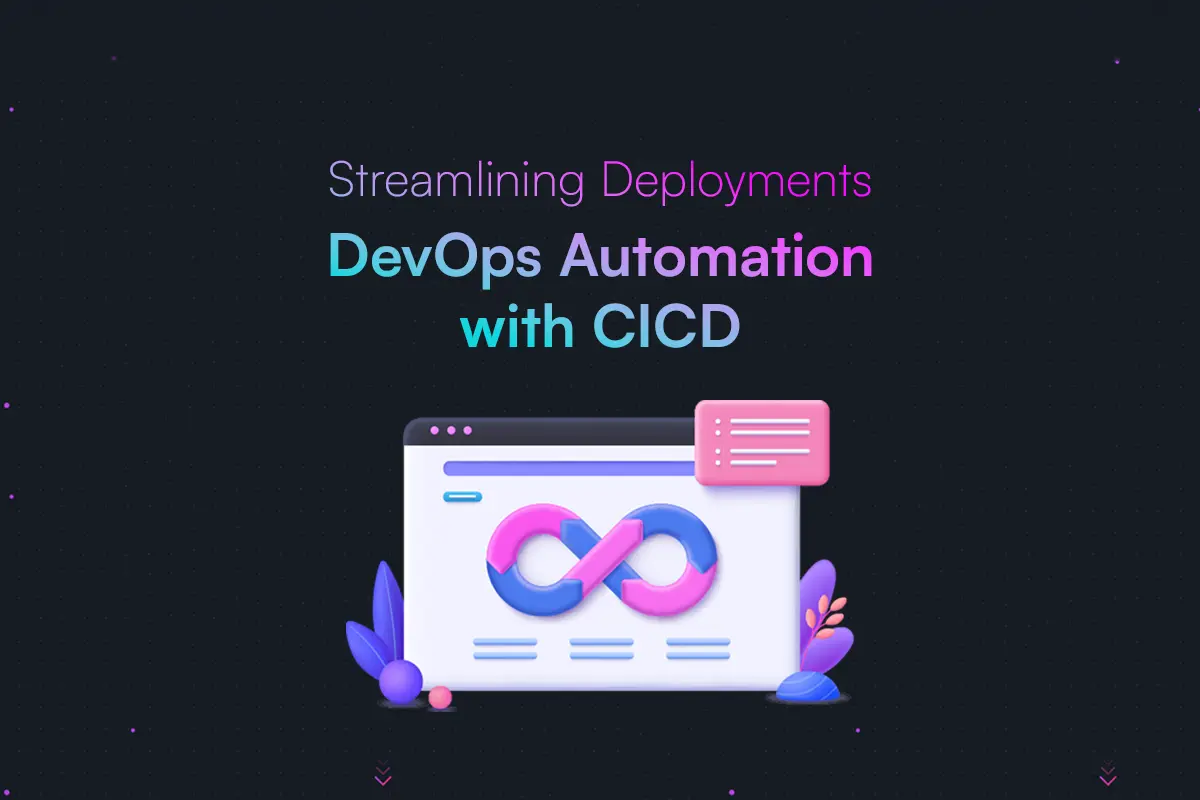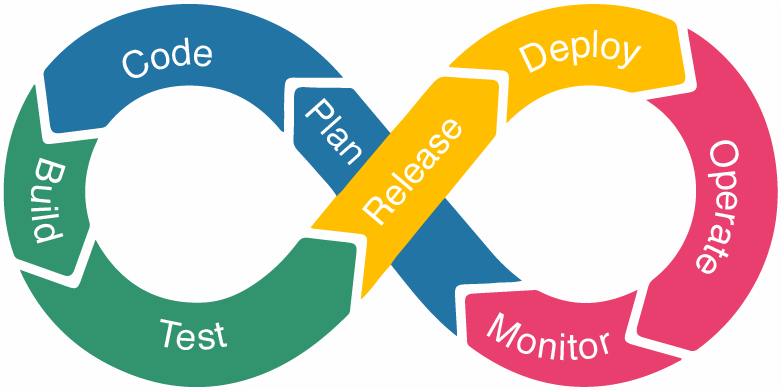DevOps Automation Services for Automating Deployment through CI/CD

In today’s fast-paced tech world, getting software out the door quickly and reliably is crucial for businesses. DevOps automation services, especially Continuous Integration (CI) and Continuous Deployment (CD), are game-changers in making this happen. Let’s dive into what these services are all about and how they make the deployment process smooth and efficient.
What is DevOps Automation?
DevOps Automation is all about using technology to handle tasks with minimal human effort. It’s like having a smart assistant that takes care of the repetitive and tedious parts of software development and deployment. By merging development (Dev) and operations (Ops) teams, DevOps fosters a culture of collaboration and continuous improvement, with automation being the key to making everything run smoothly.
Understanding CI/CD
CI and CD are two core practices within the DevOps world:
- Continuous Integration (CI): CI is like having a team meeting several times a day to make sure everyone is on the same page. Developers regularly merge their code changes into a shared repository, and automated tests are run to catch any issues early. This way, problems are fixed before they become big headaches.
- Continuous Deployment (CD): CD takes CI a step further by automatically pushing the tested code to production. This means that as soon as the code passes all tests, it goes live. This practice ensures that the software is always ready for release, allowing for frequent and reliable updates.

Benefits of DevOps Automation
- Speedy Releases: Automation speeds up the development and deployment process, helping teams deliver new features and updates faster. With automated pipelines, less time is spent on manual tasks, freeing up the team to focus on more important work.
- Better Quality: Automated testing and validation catch bugs early, so they don’t make it to production. This results in higher-quality software and happier users.
- Consistency Every Time: Automation ensures that deployment processes are the same every time. By eliminating human errors and standardizing procedures, deployments become more predictable and reliable.
- Teamwork Makes the Dream Work: DevOps encourages collaboration between developers and operations teams. Automation tools make it easier for everyone to communicate and work together, creating a more cohesive team environment.
- Scaling Made Simple: Automation makes it easier to scale operations. Whether deploying to a single server or a complex multi-cloud environment, automated pipelines handle the complexity and scale with ease.
Popular DevOps Automation Tools
There are several tools available to help implement DevOps automation for CI/CD. Here are some of the popular ones:
- Jenkins: An open-source automation server that supports building, deploying, and automating software projects. It’s highly flexible, thanks to a wide range of plugins.
- GitLab CI/CD: Integrated into GitLab, this provides a complete solution for version control, CI, and CD. It allows teams to manage their entire DevOps lifecycle in one place.
- CircleCI: A cloud-based CI/CD tool that automates the software development process, from testing to deployment. It’s versatile and supports multiple programming languages and frameworks.
- Travis CI: A CI service that integrates seamlessly with GitHub repositories, automating the testing and deployment process to ensure code changes are continuously validated.
- Azure DevOps: A suite of development tools from Microsoft offering CI/CD services, version control, and project management. It provides end-to-end DevOps capabilities for building, testing, and deploying applications.
Setting Up a CI/CD Pipeline
Implementing a CI/CD pipeline involves a few key steps:
- Source Code Management: Use a version control system like Git to manage your source code and track changes. Set up repositories to host your codebase and enable collaboration among team members.
- Automated Testing: Integrate automated testing frameworks like JUnit or Selenium into your CI pipeline. Ensure that unit tests, integration tests, and end-to-end tests are run automatically to validate code changes.
- Continuous Integration: Configure your CI tool to automatically build and test code changes whenever new commits are pushed to the repository. Set up a build pipeline that compiles the code, runs tests, and generates artifacts.
- Continuous Deployment: Extend your CI pipeline to include deployment stages. Define deployment scripts and configurations to automate the release process. Use infrastructure as code (IaC) tools like Terraform or Ansible to manage deployment environments.
- Monitoring and Feedback: Implement monitoring and logging solutions like Prometheus or the ELK Stack to track the health and performance of deployed applications. Set up feedback loops to gather insights and continuously improve the deployment process.
Read: Mastering Kubernetes
Wrapping Up
DevOps Automation Services are transforming how software is developed and deployed. By adopting CI/CD practices, organizations can release new features faster, improve software quality, and foster better collaboration. The right mix of tools and processes makes automation seamless, ensuring efficient, reliable, and scalable software delivery.
Investing in DevOps automation isn’t just about technology—it’s a strategic move. It helps businesses stay competitive, innovate continuously, and deliver value to customers more effectively. As DevOps continues to evolve, staying updated with the latest trends and best practices is crucial for maintaining a successful automation strategy.
Embrace DevOps automation services today and set the stage for a more agile and resilient software development journey.






